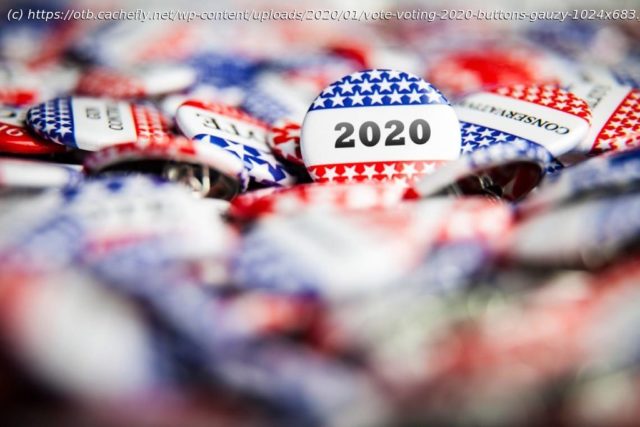Looking back on the last three decades of presidential elections. (Part 1: the popular vote).
A major inspiration, although not the sole one, for my post Facts over Feelings was a narrative that I am seeing from various places (including the comments section here at OTB) that suggests that this was a really close race and/or the Democrats need more inspiring candidates. Below are data from presidential elections from the last three decades starting with 1992. For each I have at least the percentages won by the top two candidates and the popular vote gap between the winner and the loser. I have more complete tables for 2008,2012, and 2016 because that was where I initially started this post. All links are to the FEC, so anyone who wants more info can go there and get it. Note: I am fully aware that the national popular vote has no legal significance. However, I think it is an important metric in determining actually national support for a candidate and their party. It also helps us understand the overall reality of the given electoral cycle. I would also note that looking at the national data helps underscore how the Electoral College, and the way it is approached by the media, shapes the narratives we consume. I subtitled that previous post “that narratives are narratives and data are data” because it was becoming obvious to me by Friday that the narrative created by the electoral college and the speed at which the votes were counted. Consider: if the nation had known at midnight eastern that Trump had won PA instead of finding out at close to noon eastern on Saturday, how different would that have changed the narrative from “close” election to “not so close”? What if we had known the GA was likely to be blu eby the wee hours of Wednesday morning? The point being: often timing and drama of reveal trump what the data actually mean in our minds. Let’s consider Biden’s popular vote situation (I will come back to the EC later) at the moment. Acoording to CNN is as follows: That is currently a gap of 3.7 million. This gap will almost certainly grow (keep in mind that CA still has 23% of its ballots yet to count and that in general the slower precincts nationally tend to be populated urban areas, because they have more votes, and those areas tend to go Democratic).






